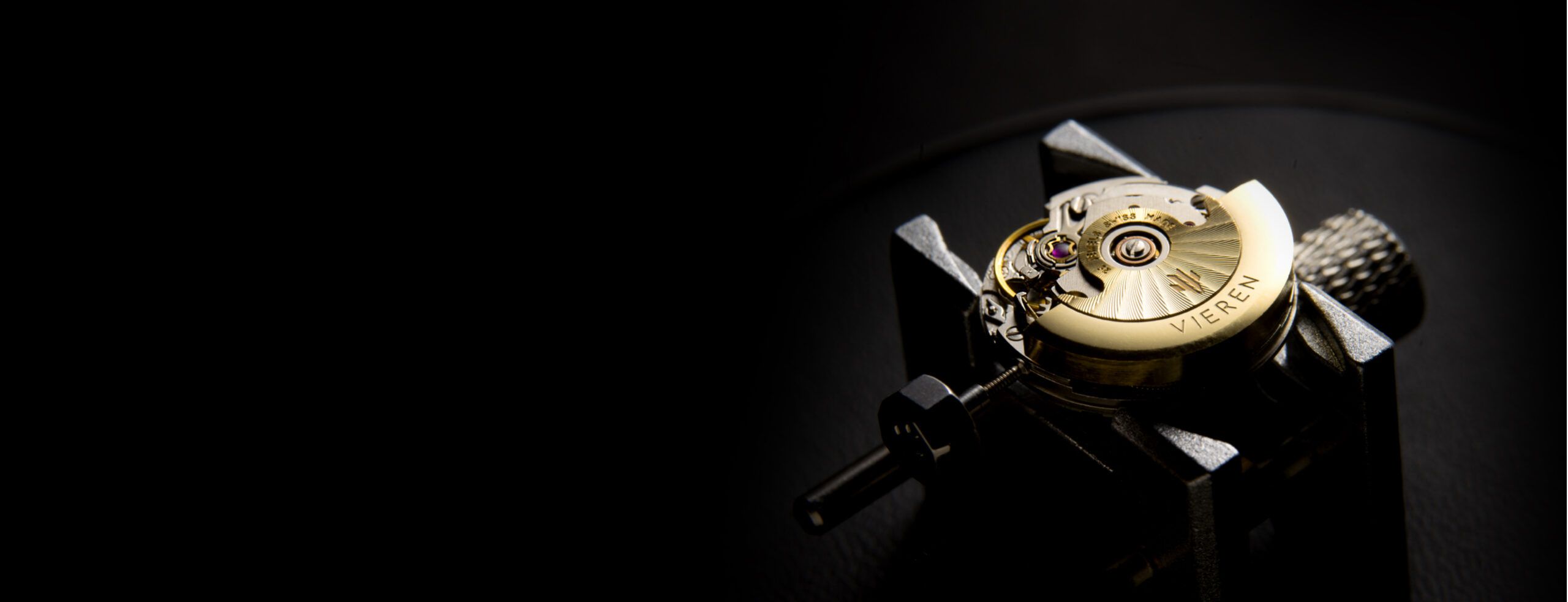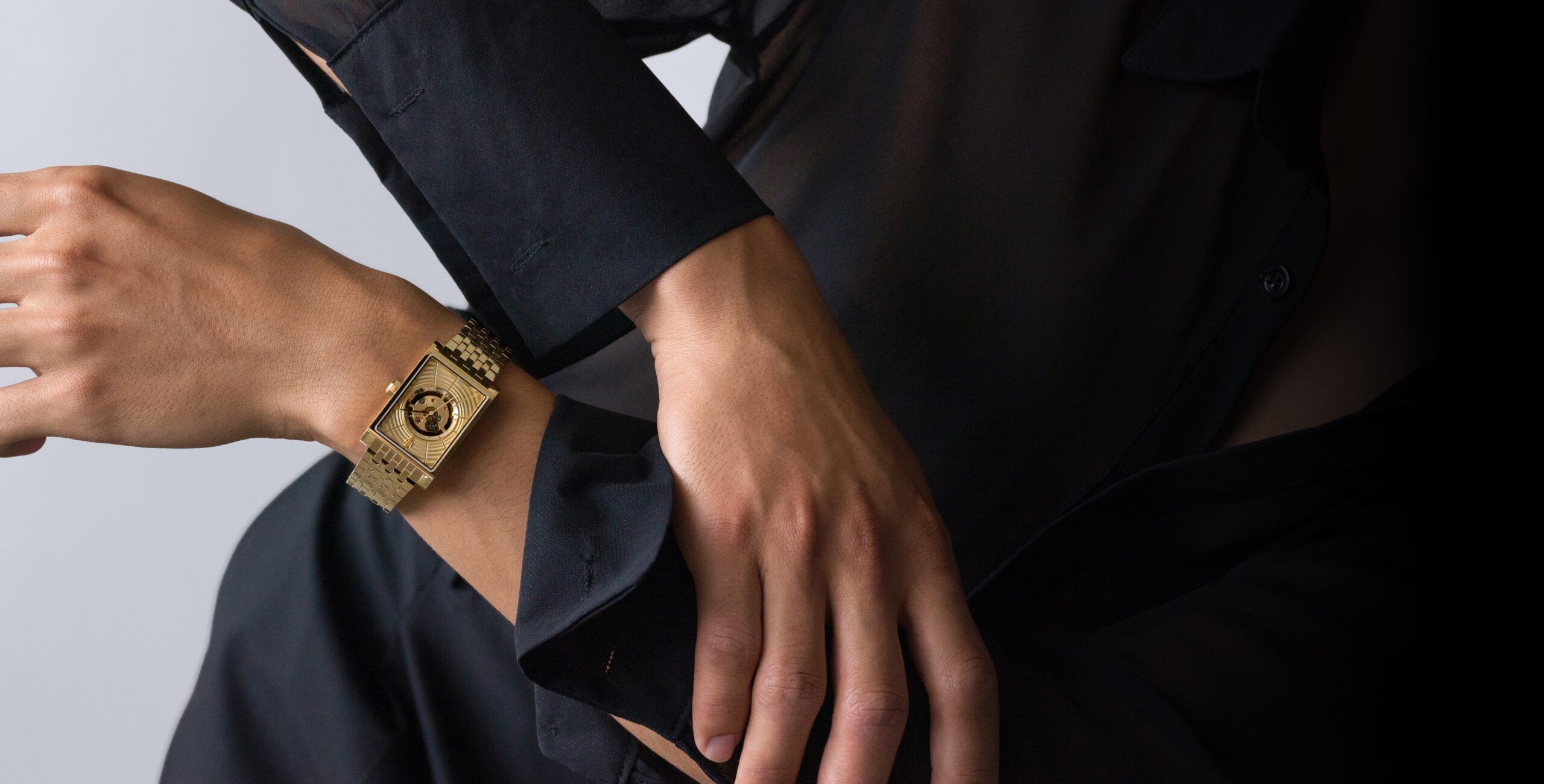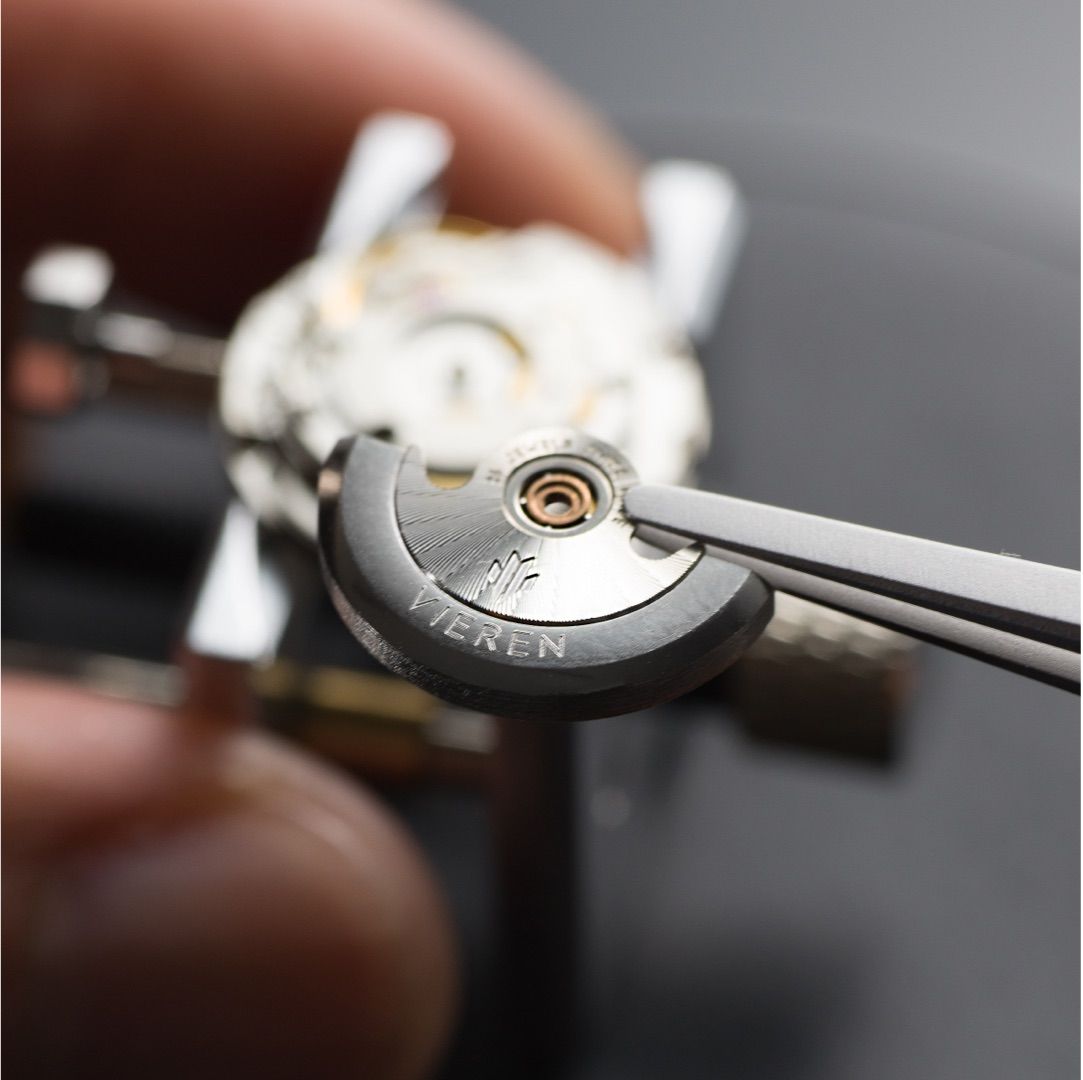
Quartz Watch vs. Automatic Watch - Which Should You Choose?
Understand the differences between quartz and automatic watches and which one best fits your lifestyle.
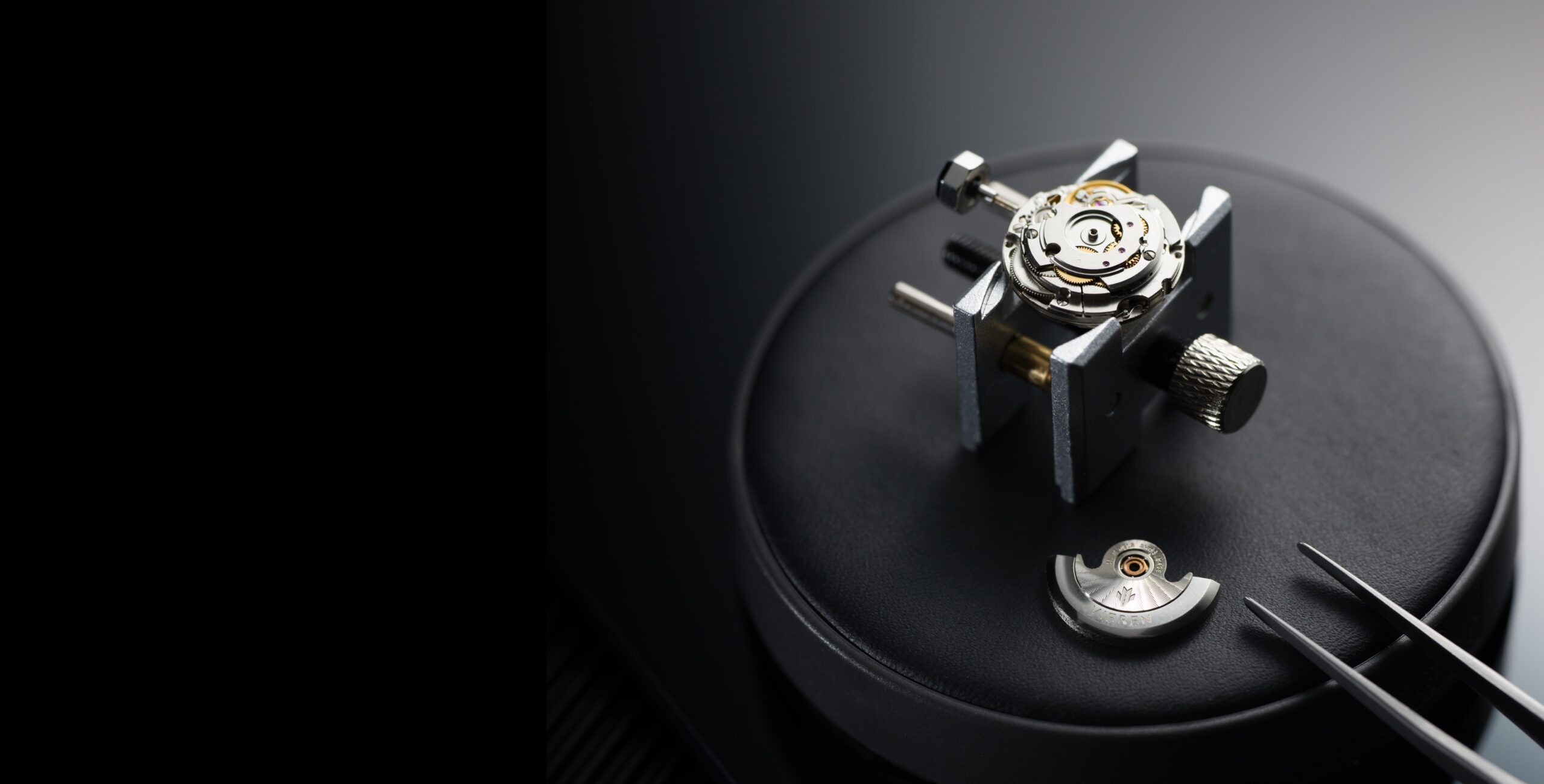
Mechanical watches are powered by a manually wound mainspring, which stores energy to run the watch. Unlike battery-operated quartz watches, luxury mechanical timepieces rely on centuries-old techniques, requiring the wearer to wind the watch regularly. This process connects the owner intimately to the craftsmanship and heritage of watchmaking, offering a tactile and personal experience. Collectors prize these watches for their traditional engineering and timeless appeal.
Mechanical watches are among the oldest of the three movement types. Also known as manual watches or analog watches, mechanical watch movements keep accurate time with manual winding. Invented in 1510 by German clockmaker Peter Heinlein, the first portable watch was about 6cm in diameter (worn around the neck or fastened to belts) and ran reliably for only several hours.
Mechanical watches are powered by a manually wound mainspring, which stores energy to run the watch. Unlike battery-operated quartz watches, luxury mechanical timepieces rely on centuries-old techniques, requiring the wearer to wind the watch regularly. This process connects the owner intimately to the craftsmanship and heritage of watchmaking, offering a tactile and personal experience. Collectors prize these watches for their traditional engineering and timeless appeal.
Mechanical watches are among the oldest of the three movement types. Also known as manual watches or analog watches, mechanical watch movements keep accurate time with manual winding. Invented in 1510 by German clockmaker Peter Heinlein, the first portable watch was about 6cm in diameter (worn around the neck or fastened to belts) and ran reliably for only several hours.
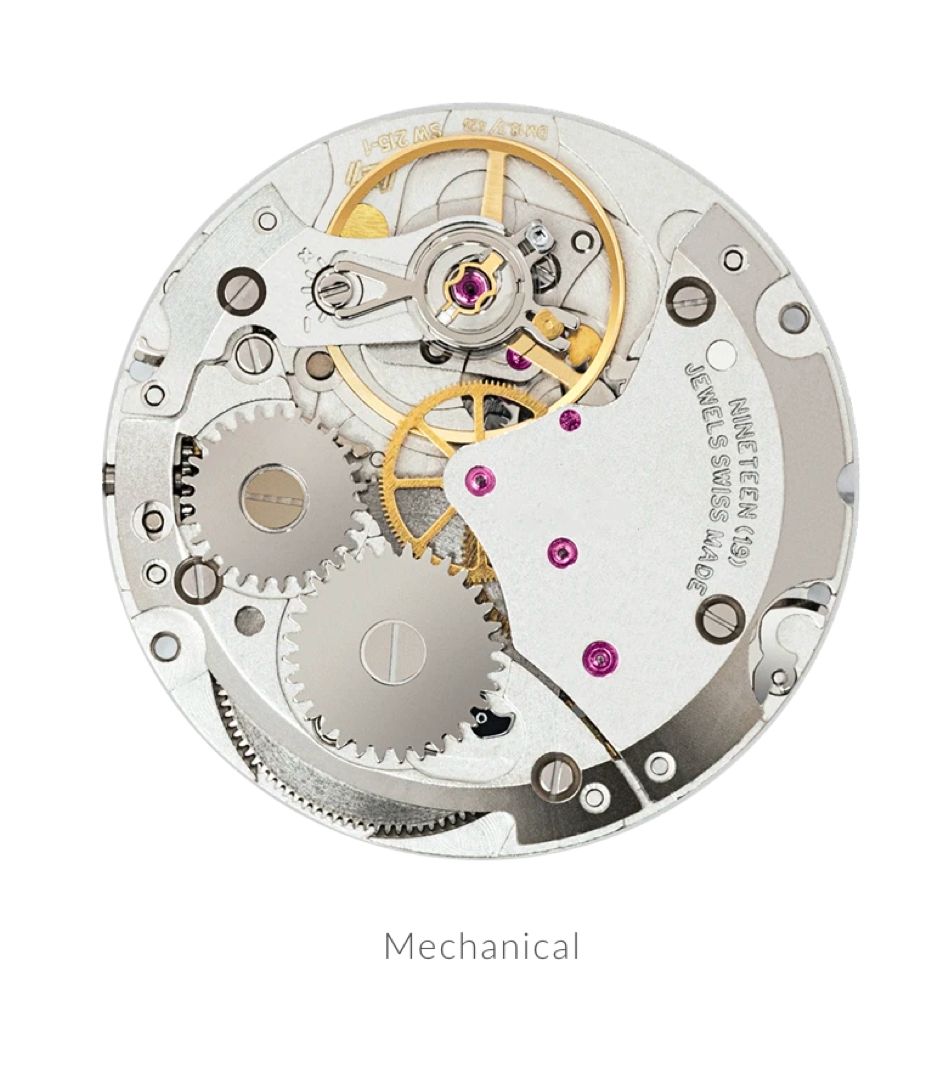

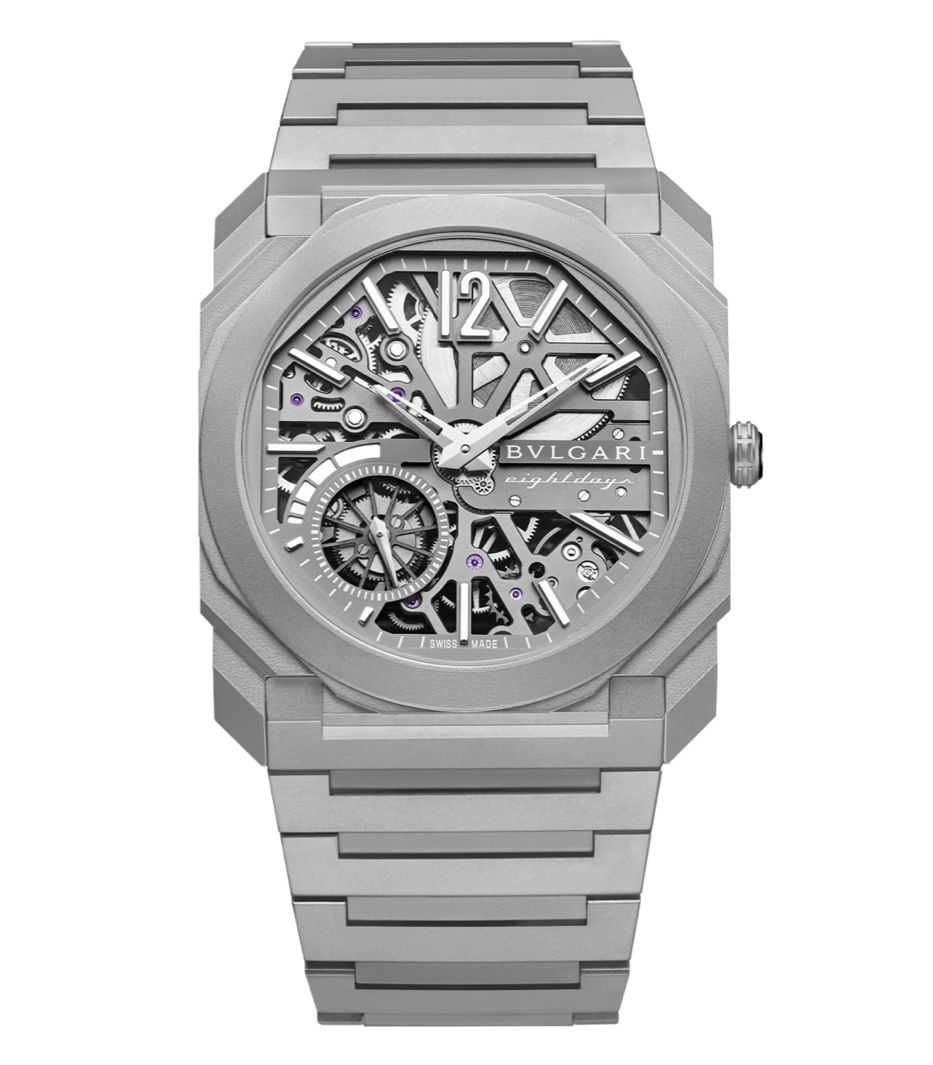

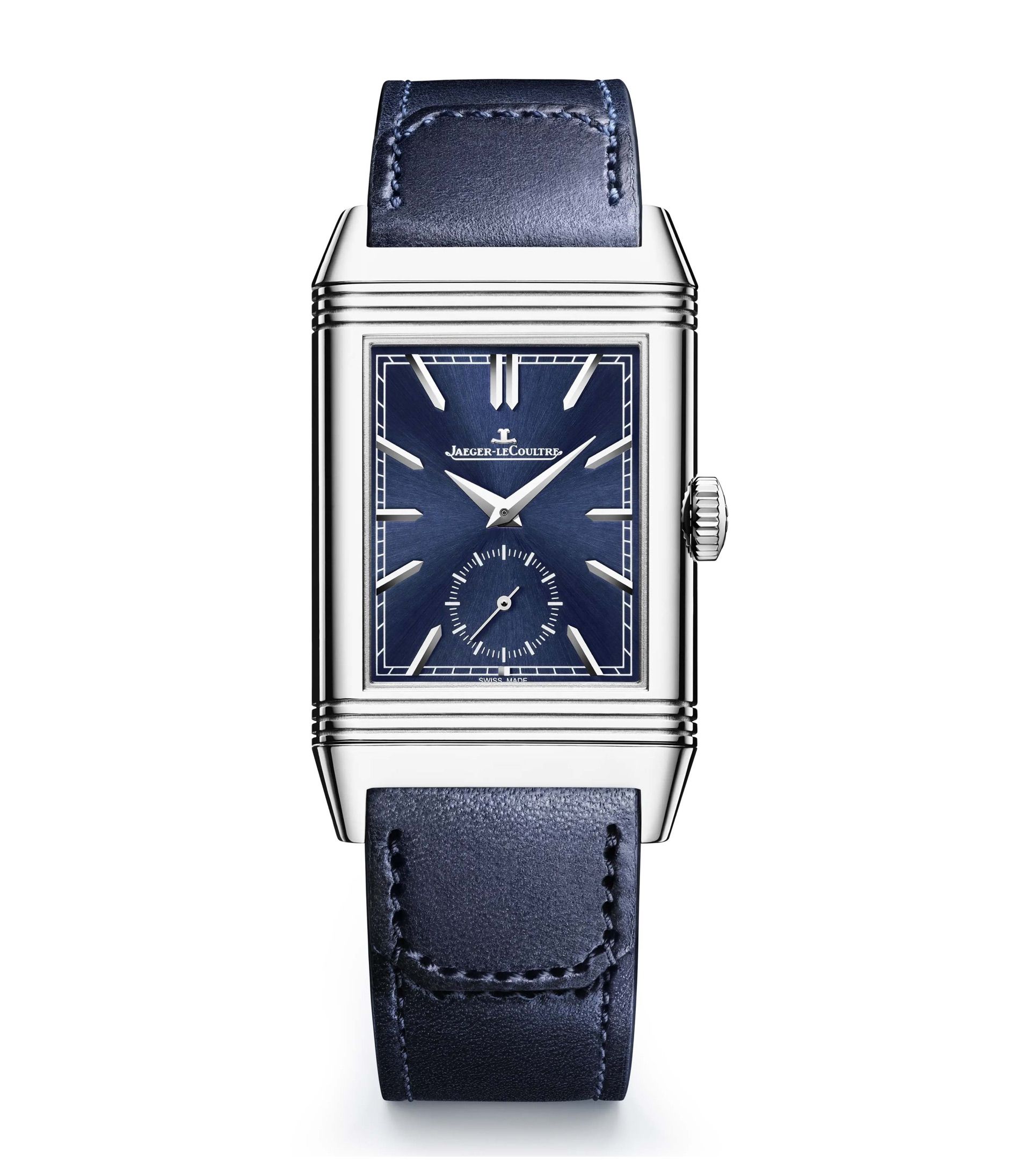

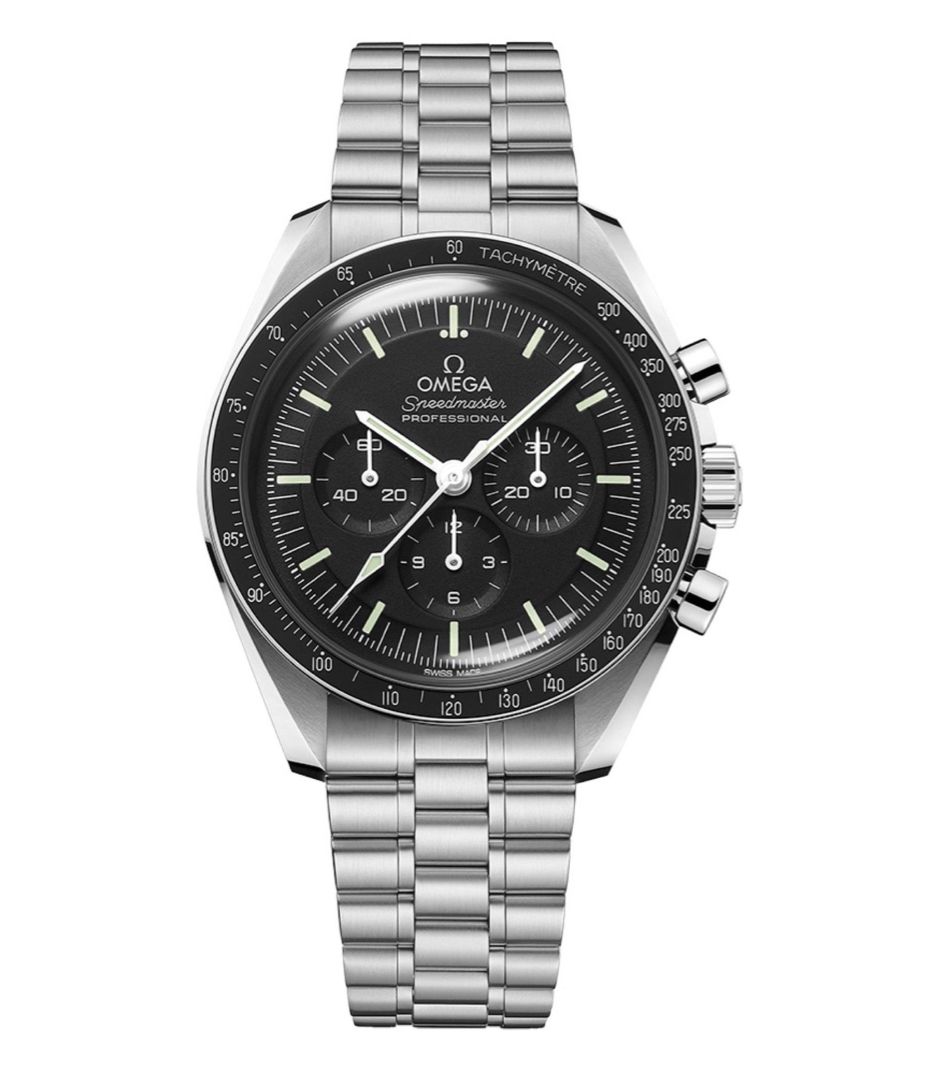

Automatic watches are essentially mechanical watches enhanced with a self-winding rotor. This rotor harnesses the natural motion of the wearer’s wrist to wind the mainspring continuously, reducing or eliminating the need for manual winding. This innovation offers convenience without sacrificing the intricate artistry and complexity of mechanical movements. As long as you wear the watch regularly, it stays powered — combining heritage and practicality.
The first automatic watch was created in 1776 by Swiss horologist Abraham Louis Perrelet. It features a primitive rotor to power the pocket watch for up to 8 hours, but only became popularized after WWII with the rise of the wristwatch. Over time, the self-winding watch movement has been refined in size and accuracy over generations of watchmaking.
Automatic watches are essentially mechanical watches enhanced with a self-winding rotor. This rotor harnesses the natural motion of the wearer’s wrist to wind the mainspring continuously, reducing or eliminating the need for manual winding. This innovation offers convenience without sacrificing the intricate artistry and complexity of mechanical movements. As long as you wear the watch regularly, it stays powered — combining heritage and practicality.
The first automatic watch was created in 1776 by Swiss horologist Abraham Louis Perrelet. It features a primitive rotor to power the pocket watch for up to 8 hours, but only became popularized after WWII with the rise of the wristwatch. Over time, the self-winding watch movement has been refined in size and accuracy over generations of watchmaking.
Inside the automatic watch, a weighted semi-circular rotor swings freely with wrist movements, winding the mainspring. This system allows the watch to maintain power throughout the day and often includes a power reserve of 40 hours or more. If the watch isn’t worn for a couple of days, it may need manual winding or resetting, but otherwise, it offers an elegant blend of traditional craftsmanship and modern convenience.
For a deep dive on automatic movements, explore our article on: How Do Automatic Watches Work? The Complete Guide.
Inside the automatic watch, a weighted semi-circular rotor swings freely with wrist movements, winding the mainspring. This system allows the watch to maintain power throughout the day and often includes a power reserve of 40 hours or more. If the watch isn’t worn for a couple of days, it may need manual winding or resetting, but otherwise, it offers an elegant blend of traditional craftsmanship and modern convenience.
For a deep dive on automatic movements, explore our article on: How Do Automatic Watches Work? The Complete Guide.
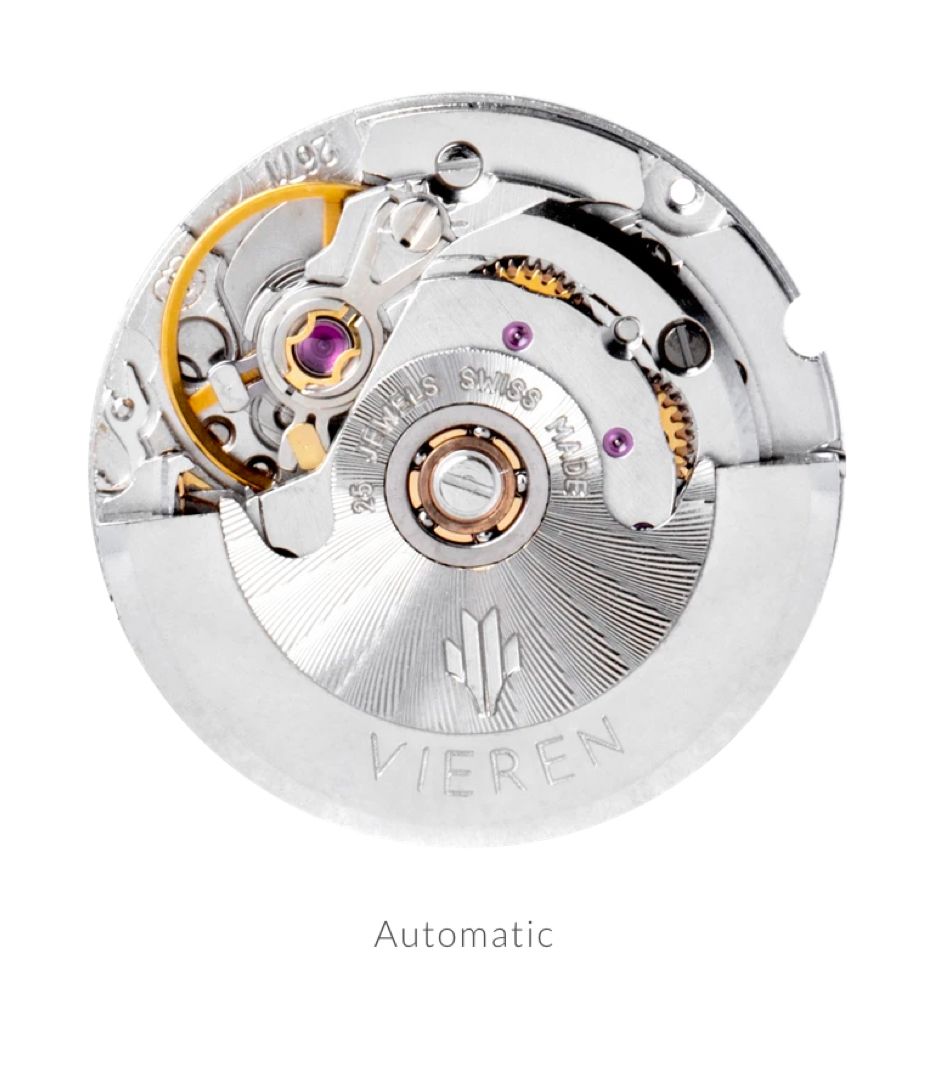

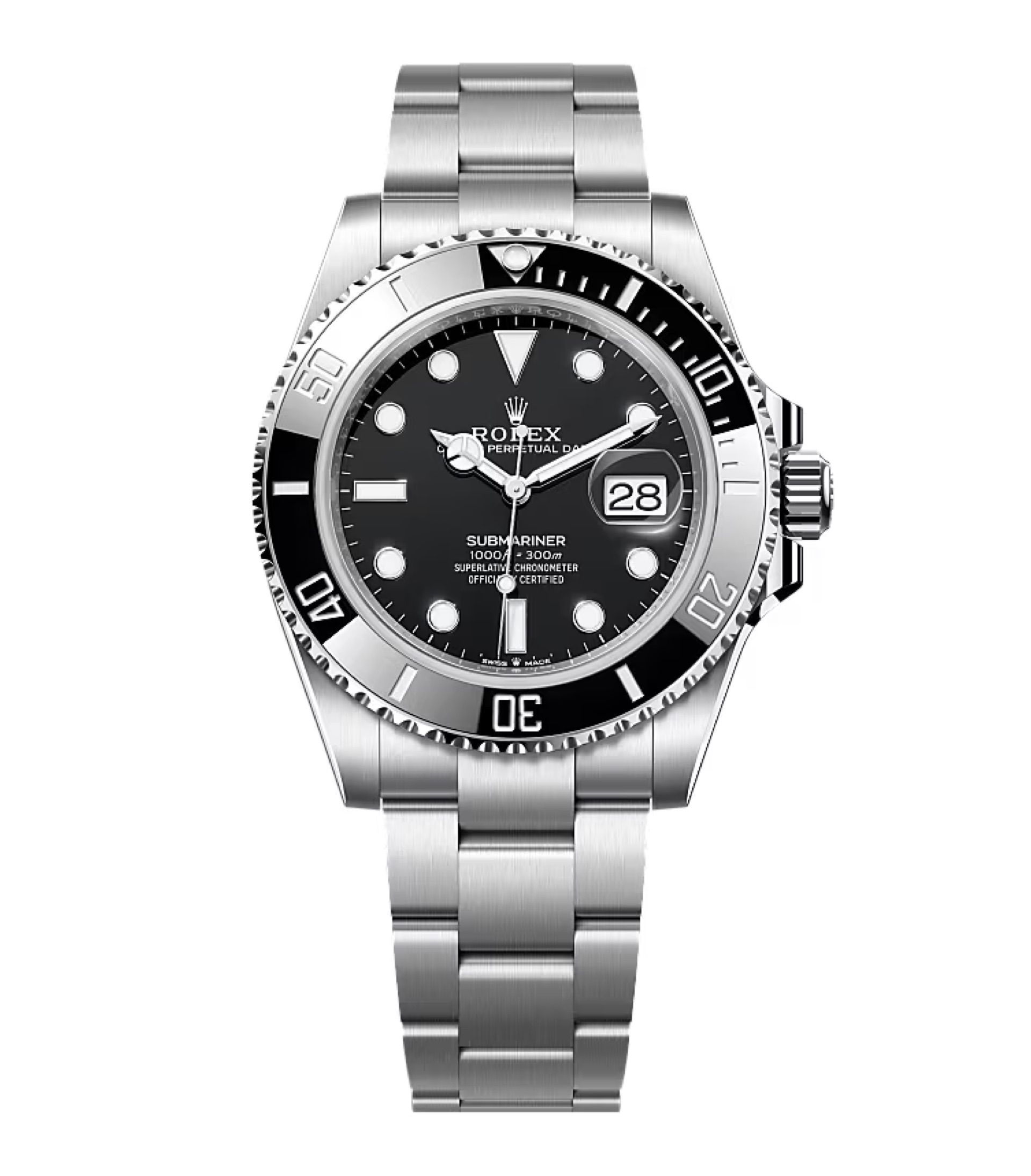

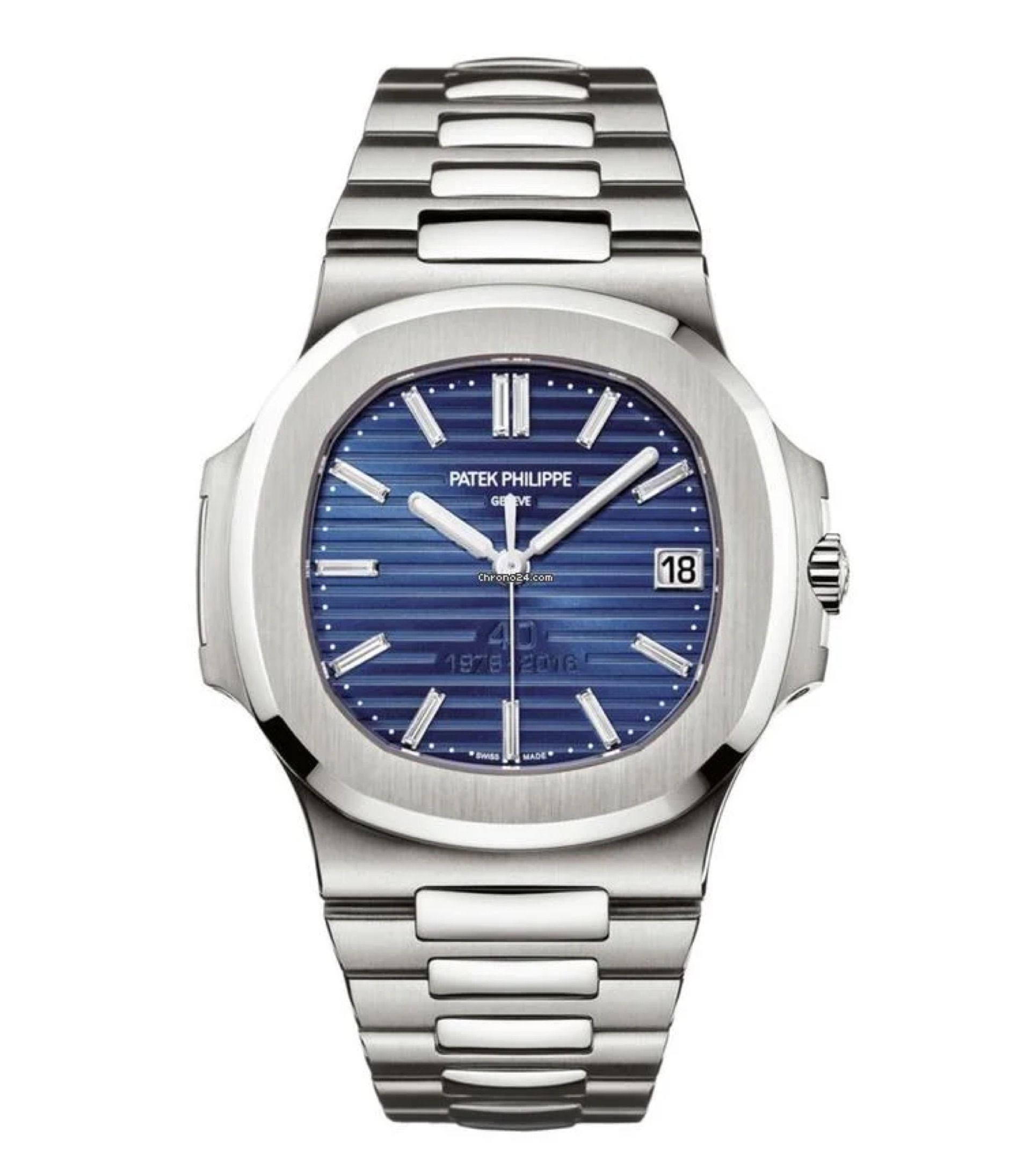

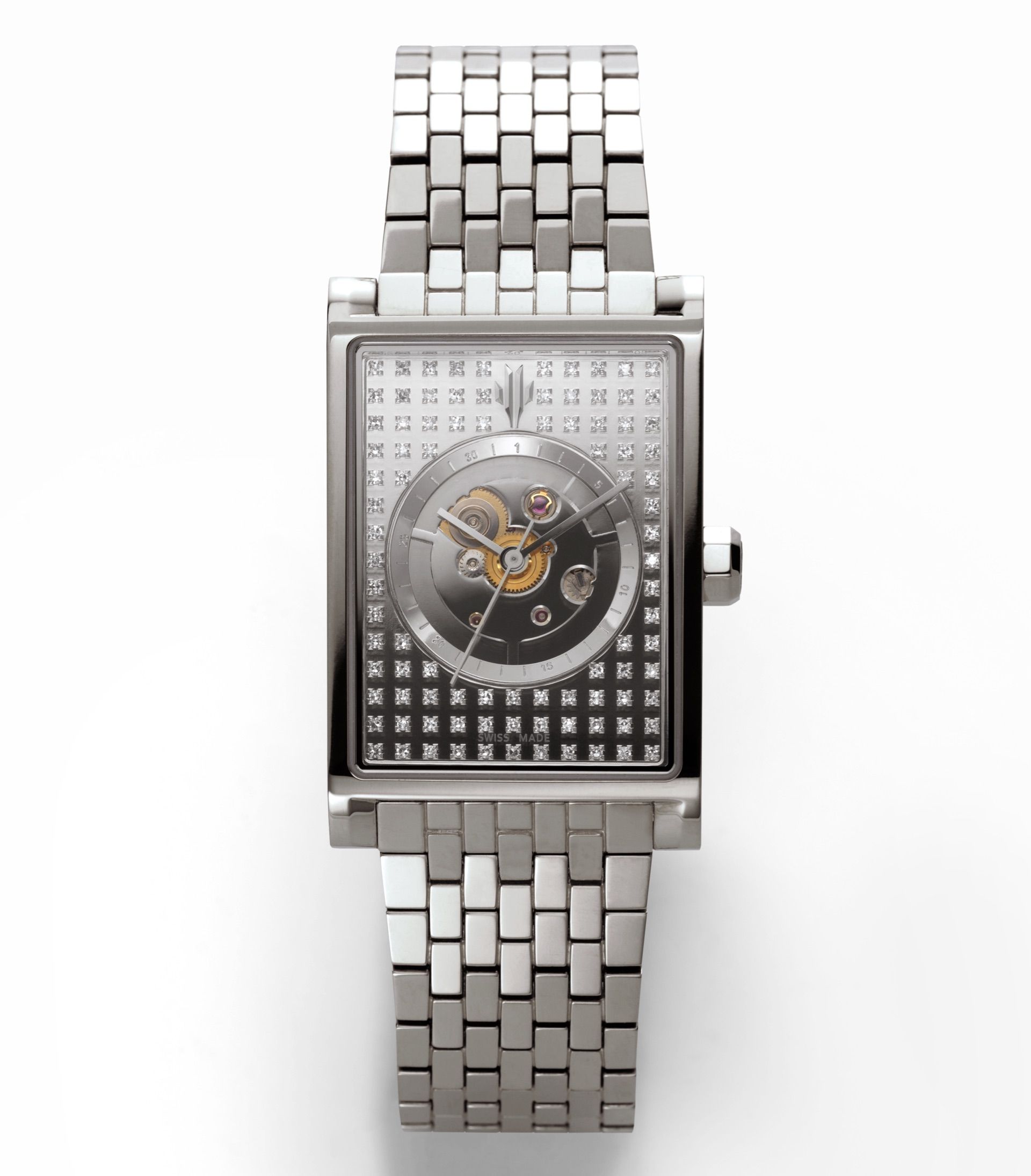

Choosing between mechanical and automatic watches ultimately comes down to how you want to experience the passage of time and the relationship you have with your luxury timepiece. Both styles honour a legacy of precision and artistry, reflecting centuries of watchmaking excellence. The choice between mechanical and automatic is less about which is better and more about which resonates with your rhythm — the way you live, wear, and experience your watch every day.
Thinking about an automatic? Discover our guide on: 9 Expert Tips for Buying Your First Automatic Watch.
Choosing between mechanical and automatic watches ultimately comes down to how you want to experience the passage of time and the relationship you have with your luxury timepiece. Both styles honour a legacy of precision and artistry, reflecting centuries of watchmaking excellence. The choice between mechanical and automatic is less about which is better and more about which resonates with your rhythm — the way you live, wear, and experience your watch every day.
Thinking about an automatic? Discover our guide on: 9 Expert Tips for Buying Your First Automatic Watch.


